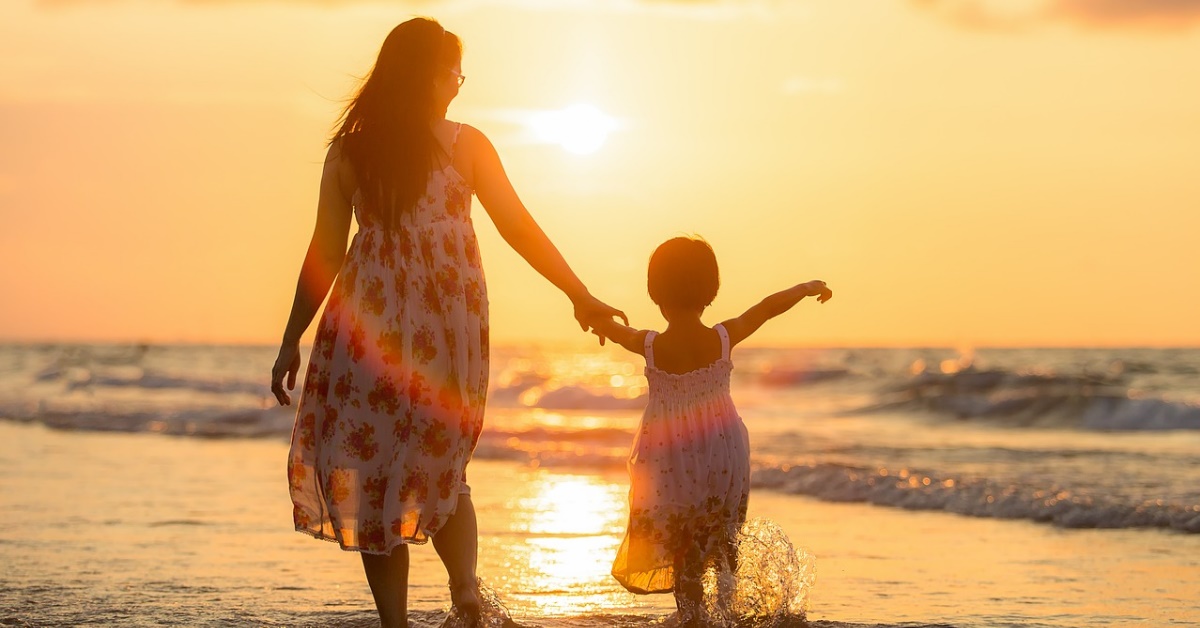
To the Vendee with children: a DIVERSE 5-day itinerary!
The Vendée offers sightseeing and adventure for the whole family. This beautiful area is also ideally located for travelers looking for a more all-round vacation in France. We have a ready-made travel route for them, with at the heart of it ... the Vendée!
A 5-day itinerary with a purpose – Any number of activities in the Vendée could fill weeks of travelling fun with the family. Not everything is history orientated. From water parks to karting, paintball, amusement parks, rock climbing and sports on and off the water, really, it's no wonder so many visitors choose to return to the Vendée again and again... or simply stay an entire summer.
A taste of France through Paris, the Vendée and its medieval history, island life, and the Loire Valley – Unfortunately this is not an option for everybody: those who travel a great distance at significant expense, with a curiosity and desire to visit France in -and outside of Paris. We were recently asked to create an itinerary for a family of four travelling to France from Atlanta in the U.S. who want a fun but educational experience. Their children are a little girl, Sarah (age 4) and her brother Jake (age 10).
Our family will begin their French vacation with a two-day stay in Paris before they travel to the Vendée via TGV and car rental. After a long flight it's important to shake off jet-lag! There's no better place than Paris to do just that. Long walks to soak up the Parisian life style, boating on the Seine river, a hop-on, hop-off bus... touring the city is a nice way to ease into the timezone. Then it's off to the Vendée for a glimpse of the French countryside with little ventures to places dreams and bucket-lists are made of!
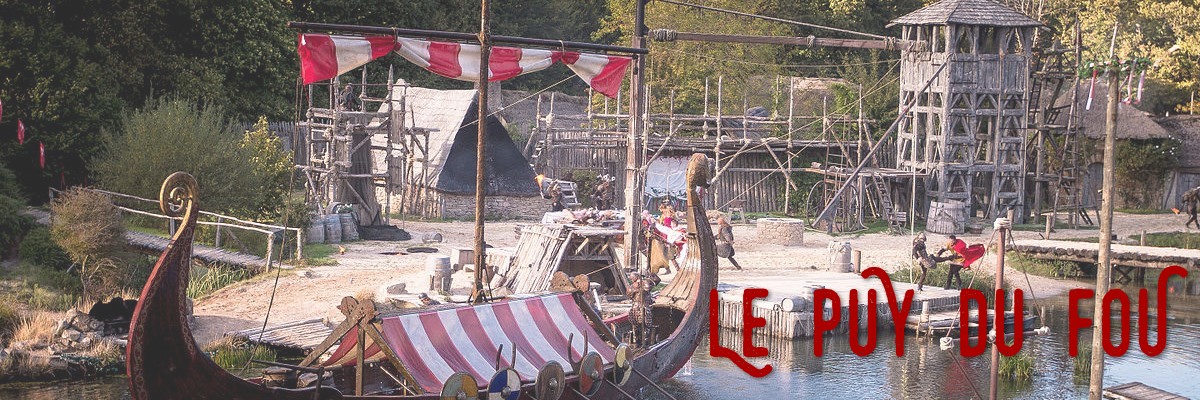
Le Puy du Fou
Without question, the biggest attraction in the Vendée and in France, is theme-park Le Puy du Fou. Voted best theme-park in the world, and in 2018 as TripAdvisor's top traveler choice, this park has no rides to speak of, but is instead centered around French (and Vendéen) history, portrayed through ingenious shows.
Le Puy the Fou refers to its shows as spectacles. It's not an exaggeration!
Each offers a walk through a portion of history, from Roman times through the Middle Ages, with non-stop action, pyrotechnics, huge casts of characters including stuntmen, animals, birds etc. Indeed, the shows will have you reeling between both daily life and humanity's dark-side in history, through storytelling and visualization. The park itself is beautifully landscaped and meticulously maintained.
Additionally, its evening show La Cinéscénie, which features 2,400 actors on a stage of 23 hectares (that's 56 acres) with the ruins of a castle as the backdrop, is the largest in the world!
It is a conscious decision not to add images here.
Prepare to be amazed.
Open – see website for (daily) schedule
Tickets – available online, at the park, Super U box office etc
Tip – It takes at two to three days to see all of the park and the spectacles.
Elderly & disabled – accessible, with a priority train that makes stops around the park, and easier walking routes.
Children – a historical paradise... it's a bit like Hogwarts.
Plan Ahead – For this itinerary, we recommend just 1 day. Plan ahead for which spectacles you'd like to see and make reservations for animated restaurants at the park. Download the Puy du Fou App
Address – 85590 Les Epesses
+33 (0) 820 09 10 10
GPS coordinates – 46.893340°N 0.932068°W
Nearby Sightseeing – the Vendee!
Images – by Benoit Sanson
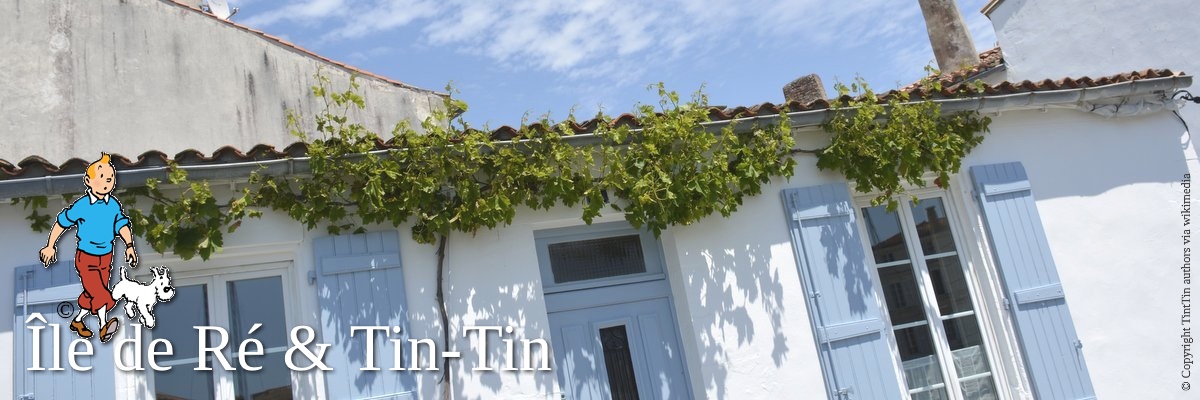
Something for everyone!
Île de Ré is truly a spectacular little island located just off the west coast of France near La Rochelle, and just south of the Vendée in the Nouvelle-Aquitaine region. With small ports and fishing villages, magnificent beaches, nature reserves, quaint shops, a plethora of seafood restaurants and an interesting history, the island is a feast for the senses at any age.
For the children, a swing by the Tin-Tin museum and shop at St-Martin-de-Ré will be just the thing. We also recommend the world-famous La Martinière; with a choice of over 66 flavours of home-made ice-cream, they won't be disappointed.
The walled city of St-Martin, a star-fortress built by Vauban in 1681, is a UNESCO World Heritage Site. After its life as a defensive position, the fort became a transit point for prisoners who awaited transport to penal colonies like Devil's Island in French Guiana.
Take the time for a towering platter of seafood at one of many quay-side restaurants. Climb the church tower for stunning views across the village rooftops to the Atlantic Ocean. Or feel the sand between your toes at one of the island's many beaches.
Rising from the landscape outside the village of La Flotte, is the Monastery of Châteliers. The site is XIIth century but the monastery was destroyed three times: in 1294 by the English,
and twice during the Hundred Years War, in 1388 and in 1462. The current ruin dates back to the 15th Century.
Open – always
Elderly & disabled – very accessible except for the church tower
Children – yes!
TOLL – Toll bridge to the island
Summer season: 20th June to 11th September
Winter season: from 12th September to 19th June
GPS coordinates – 46°12′N, 1°25′W
Sightseeing – abbey ruin and star fortresses
Images – by inthevendee
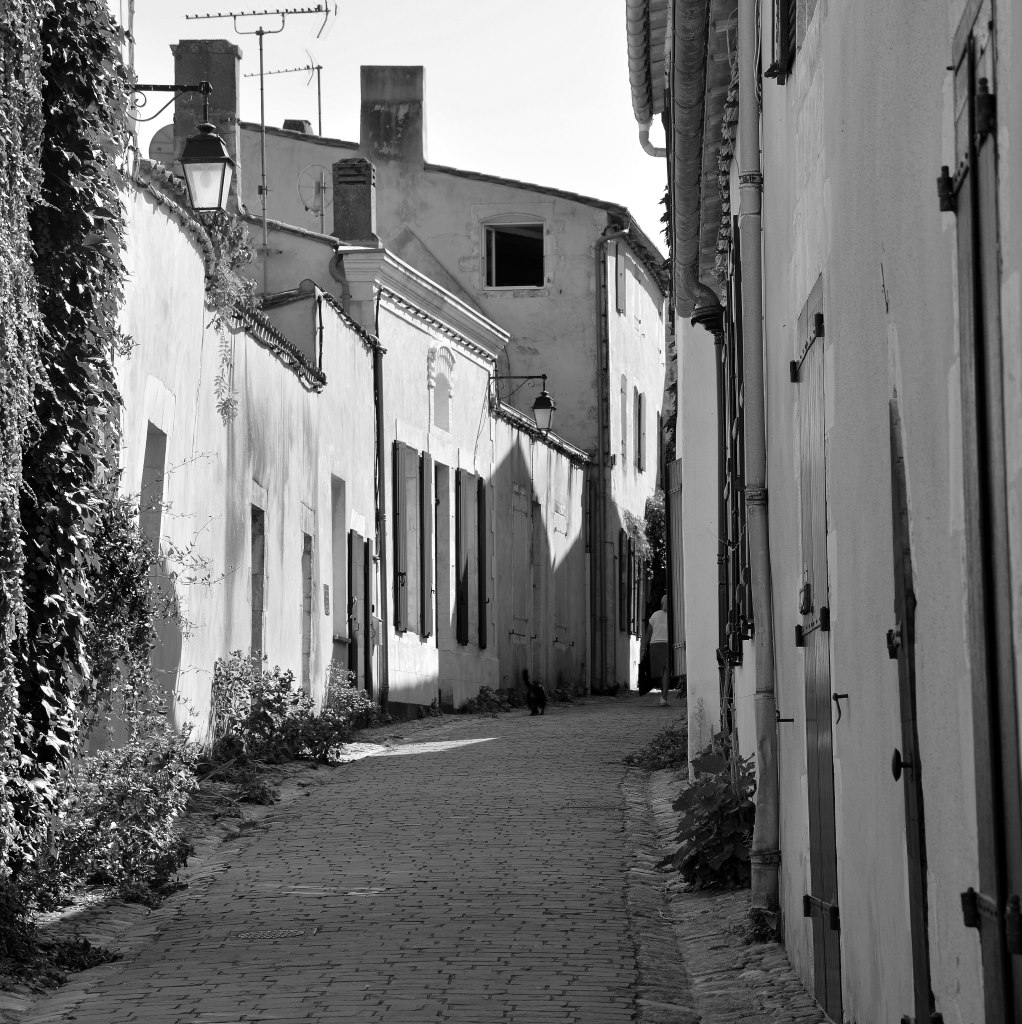
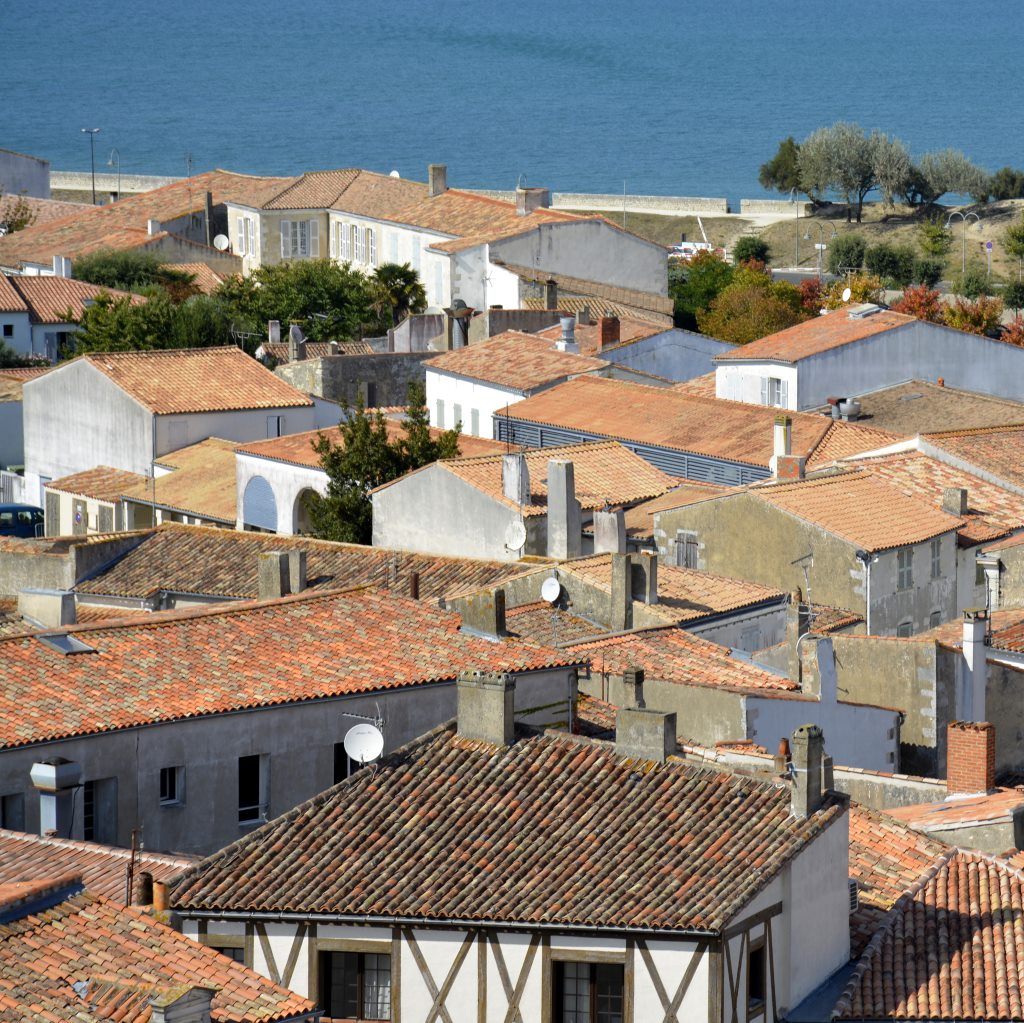
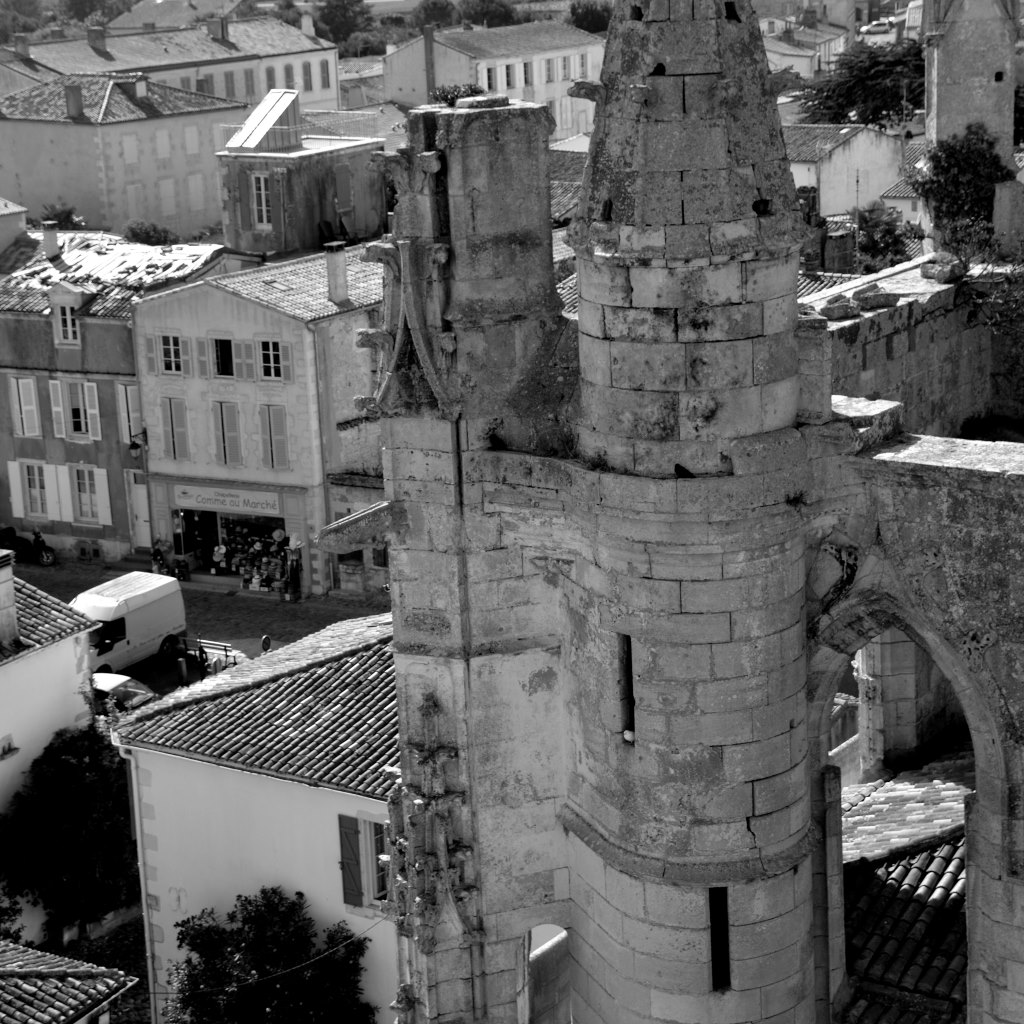
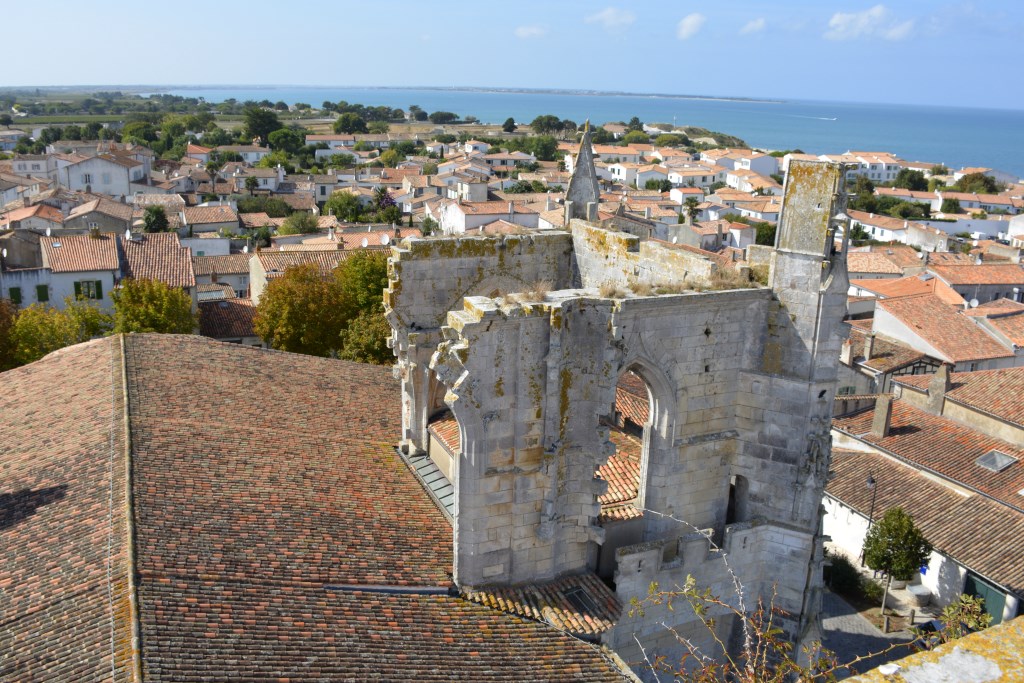
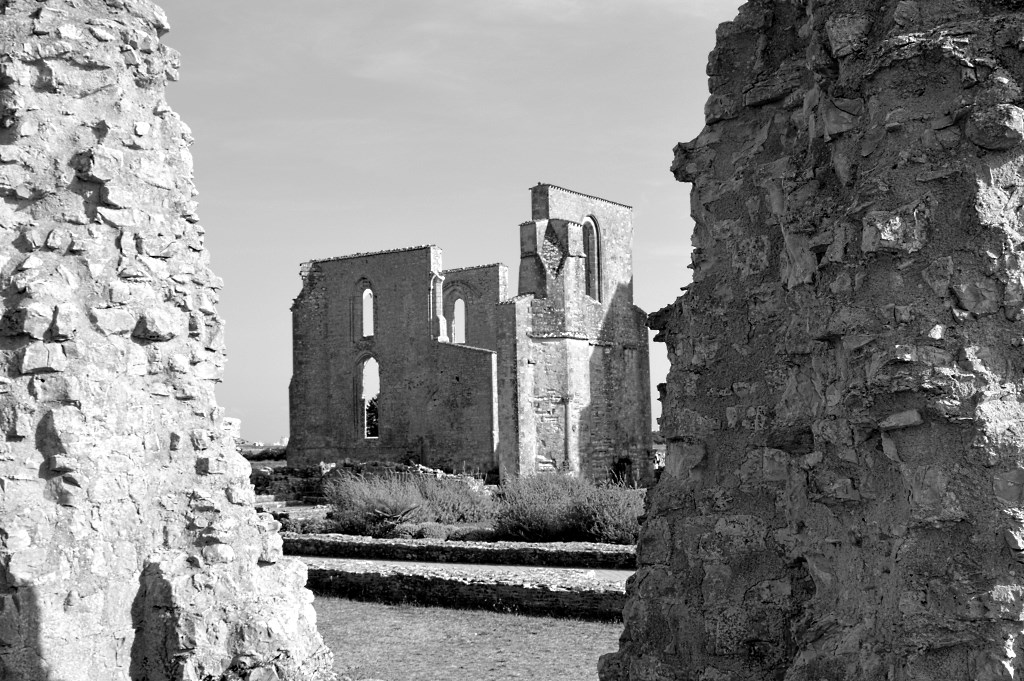
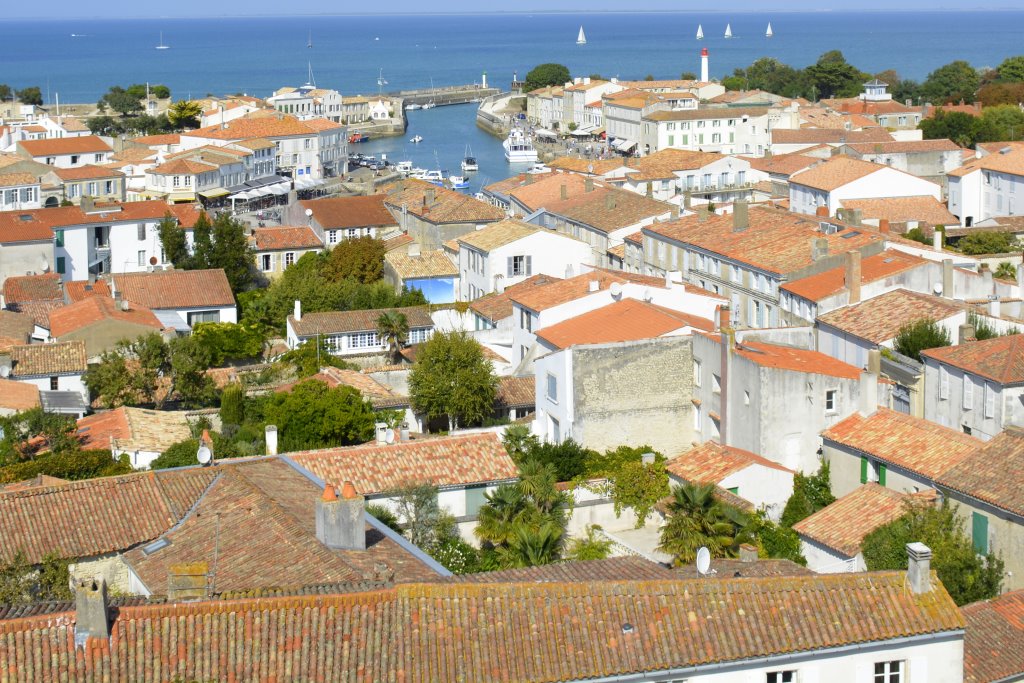
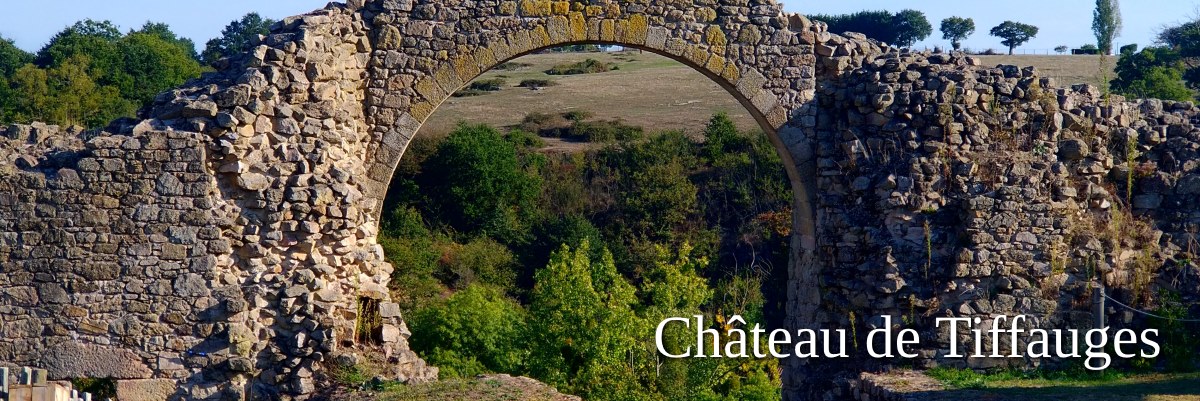
Bluebeard's sinister castle
Perched on a hilltop overlooking the valley where the rivers Sèvre Nantaise and the Crûme flow together, the Château de Tiffauges is strategically located for battle.
Geoffrey Thouars built the castle in the 12th Century, its ramparts and towers protecting the village by the Crume river. In 1420 when she married Gilles de Rais, who fought alongside Charles II and Joan of Ark in the Hundred Years War, Château de Pouzauges and Château de Tiffauges were part of Catherine de Thouars's dowry.
Château de Tiffauges became the place where Gilles de Rais later committed atrocities against children. Believing he could turn their blood into gold, he performed experiments on them. Around two hundred kids disappeared from the area and nearby villages. In October 1440, he was tried for heresy, sodomy and the murders of one-hundred-and-forty-plus children. He was sentenced to hang. In folkloric tales of the 15th Century, he is frequently referred to as Bluebeard - le Barbe-Blue.
At the end of the 15th Century the Viscounts of Thouars inherited the castle. It burned down in 1569 in repeated attacks during the Hundred Years war but in 1793, in one more show of force, it played a strategic role in the last Vendéen victory of the Religious Wars, the Battle of Torfou [Tiffauges].
Château de Tiffauges is the largest medieval castle in the Vendée area. Today it is a haven where children happily participate in medieval reenactments, archery and other events.
Animation: fantastic
Open – Open from 1 April to 22 September. Special events (see our calendar). Schedule.
Elderly & disabled – some parking near the castle, and walkway by the lake to the castle from the large car parks in the valley
Children – a medieval paradise, contrary to the chateau's dark history!
Address – Le Château, 85130 Tiffauges
GPS coordinates – 47° 00′ 59″ N, 1° 06′ 53″ W
Images – by inthevendee


Alternative experience:
Château St. Mesmin
Château St. Mesmin, in the village of Saint-Mesmin, was built annno 1370 by the lord and knight Pierre de Montfaucon. Its seigneury, however, belonged to the lord of Parthenay, Guillaume Larchevêque, of the fortified castle in Vouvant. Sitting right on the border between Vendee and Deux-Sevres on the Sevreau river, Château St. Mesmin would have been surrounded by water moats. The castle was fortified, but a more intensive fortification from 1372-1375 without permission from the lord resulted in a feud between the families. Guillaume Larchevêque invaded, burned and looted the castle of Saint-Mesmin, prompting an investigation and court case.
The 28-meter tall tower was added in the 15th century. The castle stayed in the Montfaucon family until 1548 when by marriage it went to the family Plessis de la Bourgognière, and then the Saint-Phal family until 1650. Then it was sold to the family Petit de la Guierche and in the time they owned it, the chateau and grounds became a marquisate (border government). Nearly its entire life Château St. Mesmin was used as a family residence, going from family to family by marriage or through sale.
The family Proust, who owned the castle from 1818 to 1990 allowed it to be used as a military hospital in WWI.
Today the castle is in the care of the departments Vendée and Deux-Sevres . The castle was renovated and even made accessible for the disabled. Château St. Mesmin is now a superb destination to learn about medieval life.
Open – Guided tours in spring and summer Website
Elderly & disabled – stairs but made accessible
Children – animation, dress-up
Address – 79380 Saint-André-sur-Sèvre
GPS coordinates – 46° 47′ 59″ N, 0° 43′ 04″ O
Nearby sightseeing – not far from Pouzauges with its donjon and windmills
Images – by inthevendee

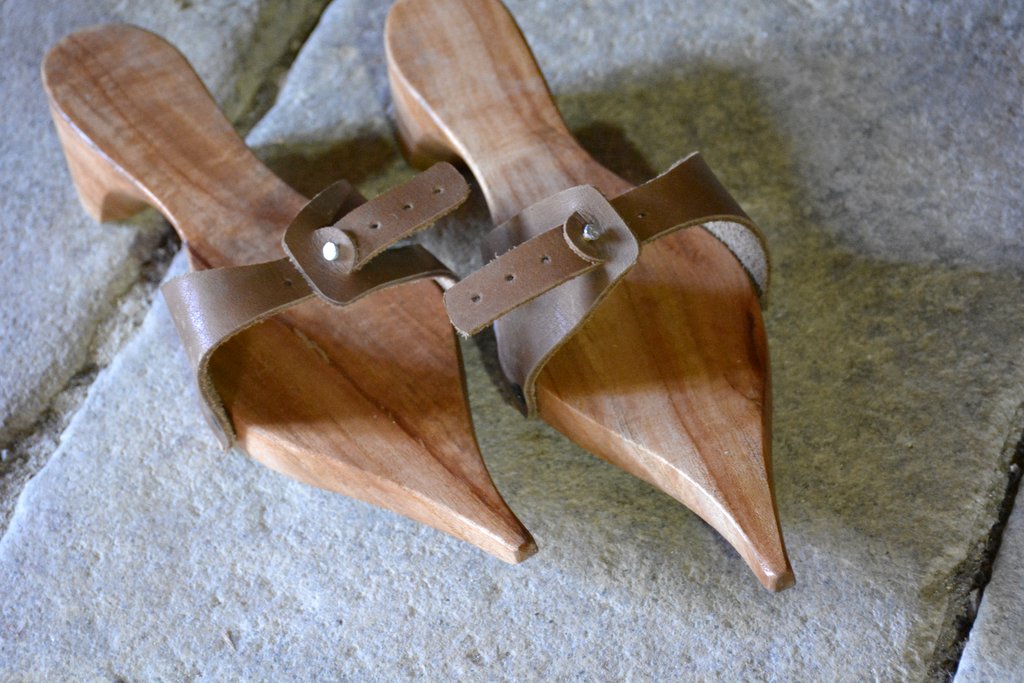
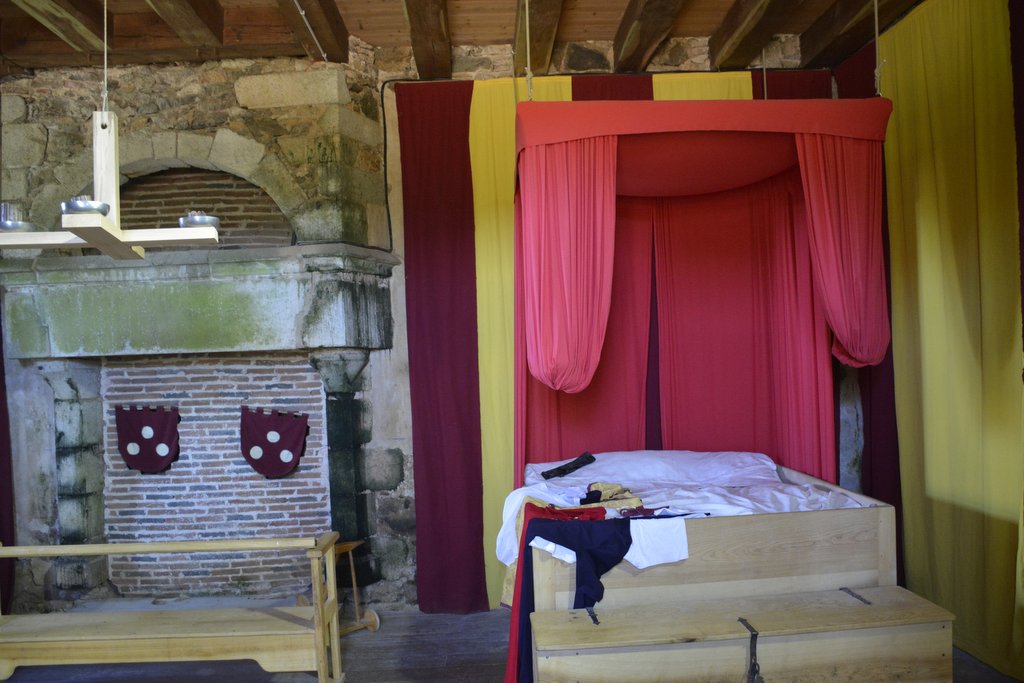
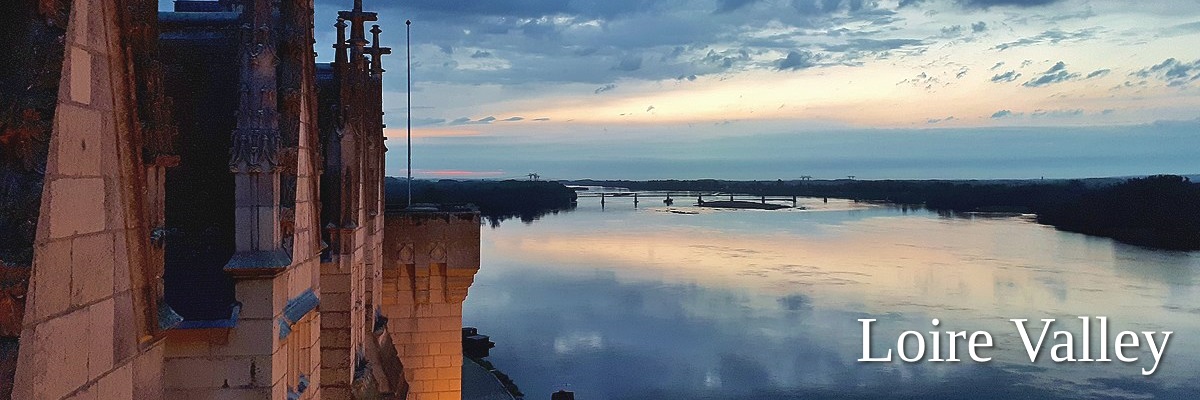
Two chateaux to please adults & children
Are we making an assumption to say that visiting the Loire Valley is probably on everybody's bucket list? We didn't think so! Like the Vendee, the Loire Valley stretches over a great distance. Seeing its most famous chateaux like Chambord and Chenonceau from the Vendee is easy, but might be too much time spent in the car for them.
That's why we chose two castles located closer to the Vendee that also offer cool adventures for the children, and a glimpse at chateau life for parents and grandparents.
Plan your visit for one of these two day trips to the Loire Valley
Castle #1
Sleeping Beauty
Château d’Ussé fits the bill for our explanation as to why there are so many castles in the Loire Valley perfectly. It started its life as a fortified castle in the 11th Century, sold and rebuilt in the 15th Century. In the 16th Century, the beautiful chapel (Renaissance period) was added to it. The castle you see today is 16-17th Century. Its terrace gardens were designed by André Le Nôtre.
Today the castle belongs to Casimir de Blacas d' Aulps the 7th Duke of Blacas, who lives here with his family. While half the castle is private, there is plenty to see. The interior is lovely, with stunning floors and ceilings. There are huge Flemish tapestries, and there is a King's bedroom. Unusually, you can see the attics with the children's bedrooms and where they received their schooling.
It is said that Château d’Ussé and its romantic architecture was the inspiration for Sleeping Beauty. The fairy tale has been depicted in the self-guided chateau tour but don't expect Disney! The castle itself is well-maintained, but the Sleeping Beauty display could probably use an update.
Plan your visit – Website
Elderly & disabled – stairs but accessible
Children – treasure hunt & Sleeping Beauty depiction
Address – Château d’ Ussé
37420 Rigny-Ussé
GPS coordinates – 47°14′59″N 0°17′28″E
Combine with – Chateau de Villandry (20km). Also close to the city of Chinon, with its medieval fortified castle.
Parking – free
Food – picnic spots, snack shack across from the castle, a restaurant in the tiny village.
Wine Tasting – 14th century caves are open for viewing, no tasting on-site but plenty nearby!
Images – by webservices.dramatis
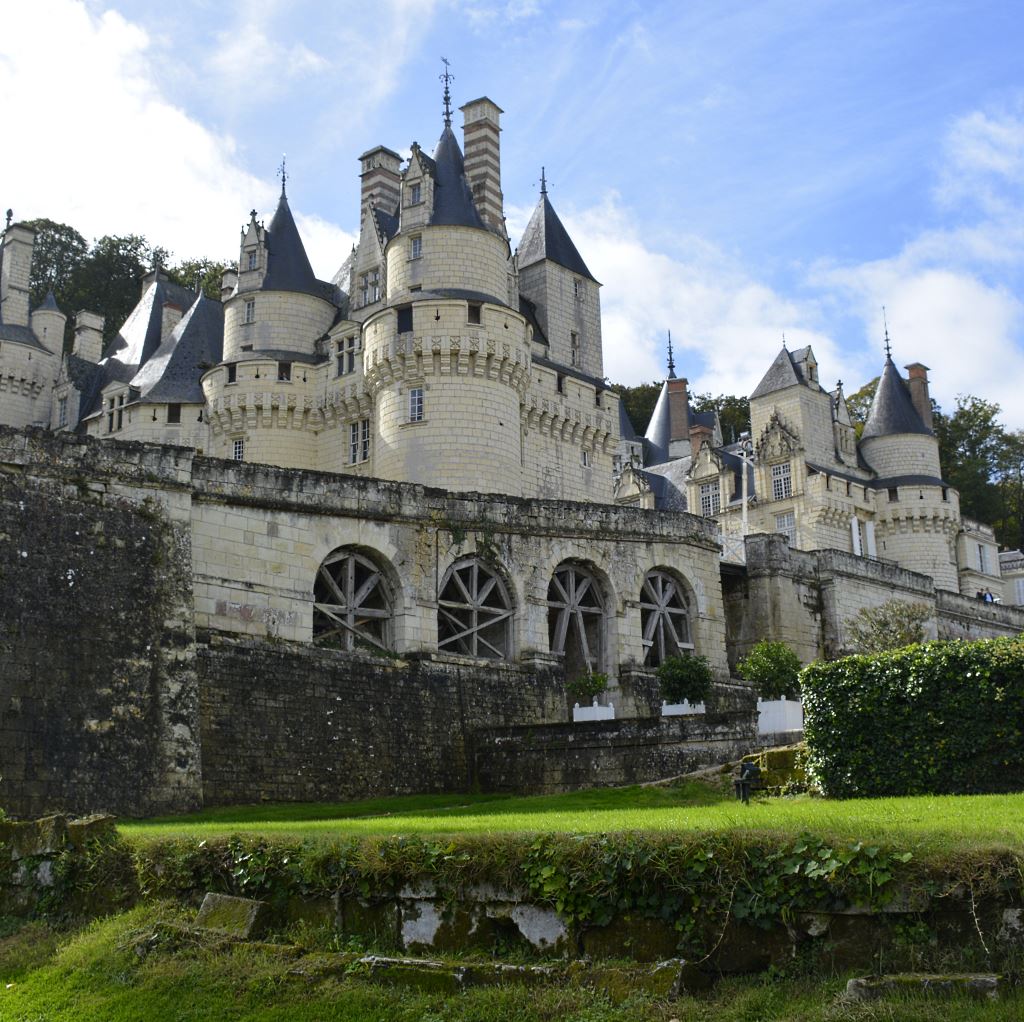
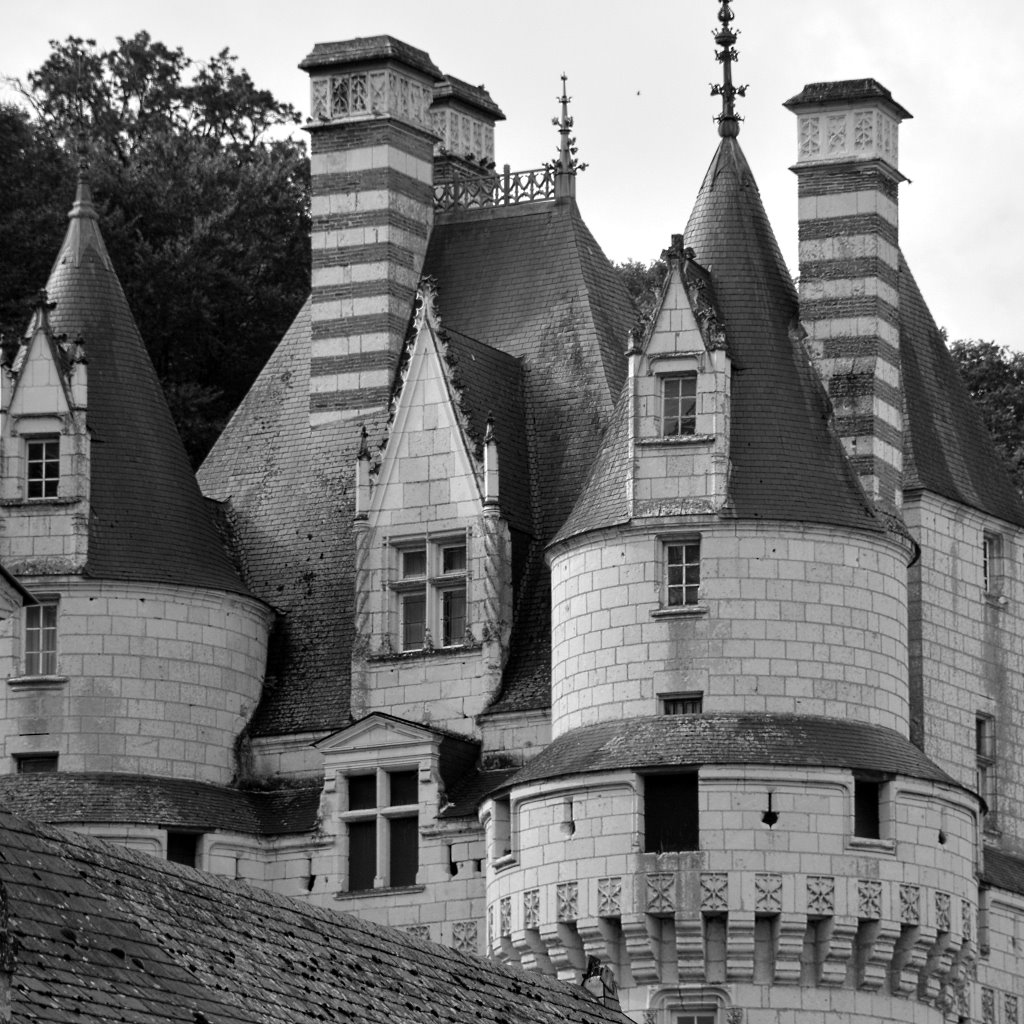
Castle #2
Château de Brézé, our TOP favourite
Château de Brézé has been the most surprising to us (disclaimer: to date... we're always ready for an even bigger one!) For those of us who love adventure in the spirit of history THIS is THE ONE!
Let's hurry through the most interesting of the above ground castle: the servants and servants of servants quarters, the bishop’s bedchamber, the intricately carved Neo-Gothic wood panels and furniture in the dining room... the chateau shows its history throughout the ages from the 11th Century to the 19th century and subsequent restorations.
The family who owns the castle were the Grand Master of Ceremony to the Kings of France from 1701 to 1830. Over a century later, the castle was occupied by the Germans in WWII. Oh, if the cobblestones in the medieval drawbridge could talk!
But let us dive off the drawbridge, into the deepest dry-moat in Europe for underneath the Renaissance-style Château de Brézé, lies the original castle, 12th-century trogloditic dwellings literally carved from the rocks. Over 1km of exploring awaits into deep underground chambers, the ancient kitchen and press rooms, and more. A visit to this chateau will send your adventurous spirit (and that of your children) into imagination overdrive.
Plan your visit – Website
Elderly & disabled – Warning signs posted for people with heart/mobility issues. Not ideal for people who suffer severe claustrophobia.
Children – superb! Bring a torch to shine a light on all the nooks and hidden places underground.
Address – Château de Brézé
49260 Brézé
GPS coordinates – 47°10′28″N 0°03′27″W
Combine with – Chateau de Saumur.
Parking – free
Food –(troglodyte) restaurants around 8km away
Wine Tasting: yes (closed on Mondays and Tuesdays), there is a 30ha vineyard
Images – by webservices.dramatis
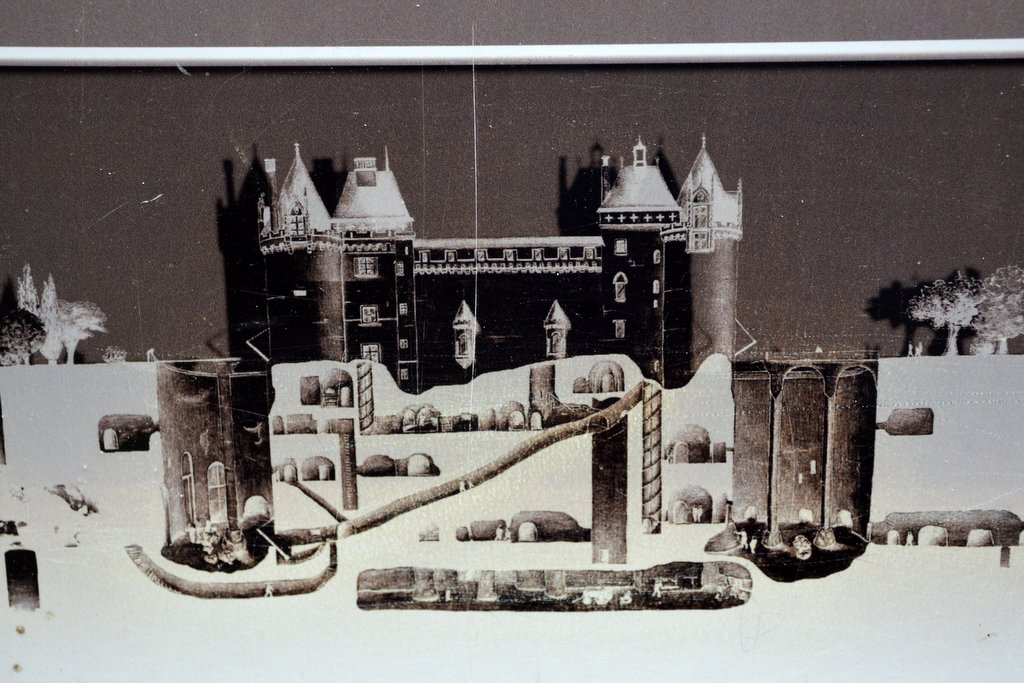
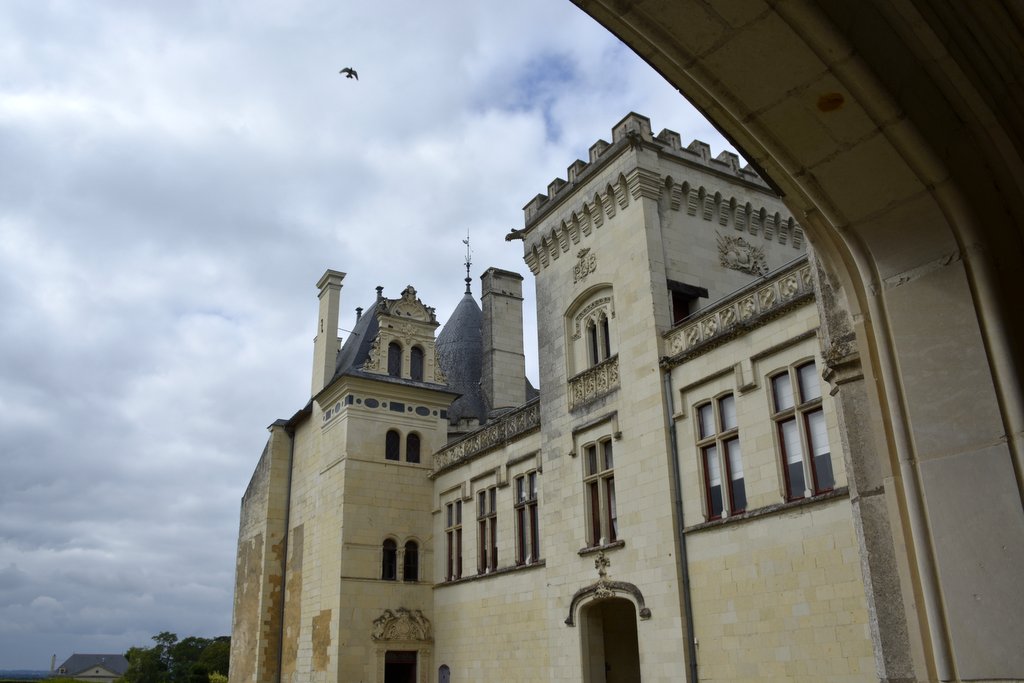
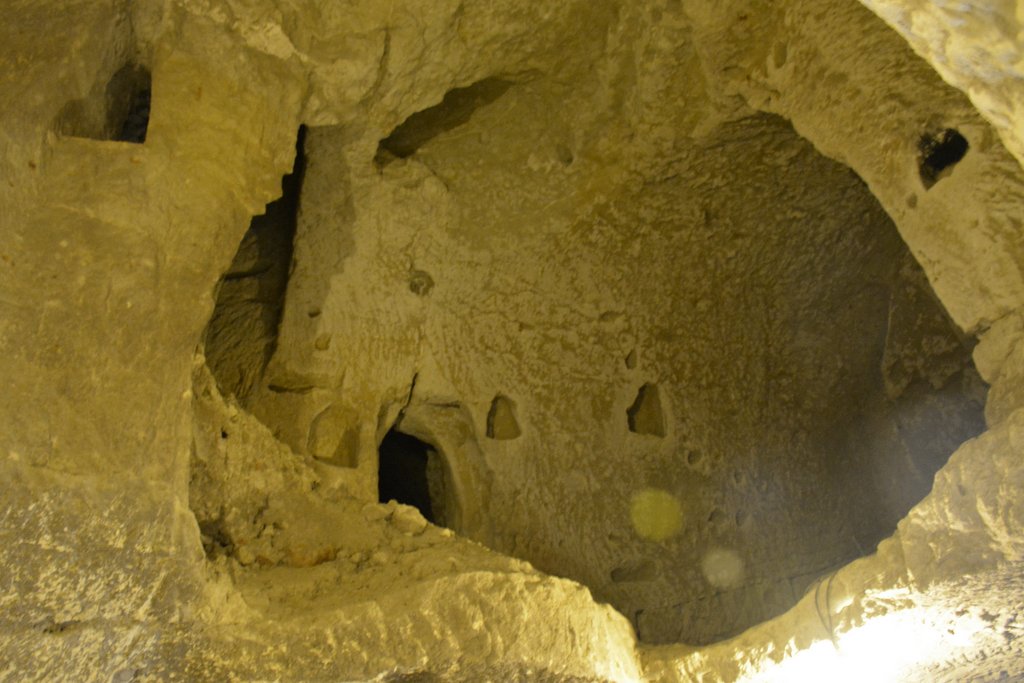
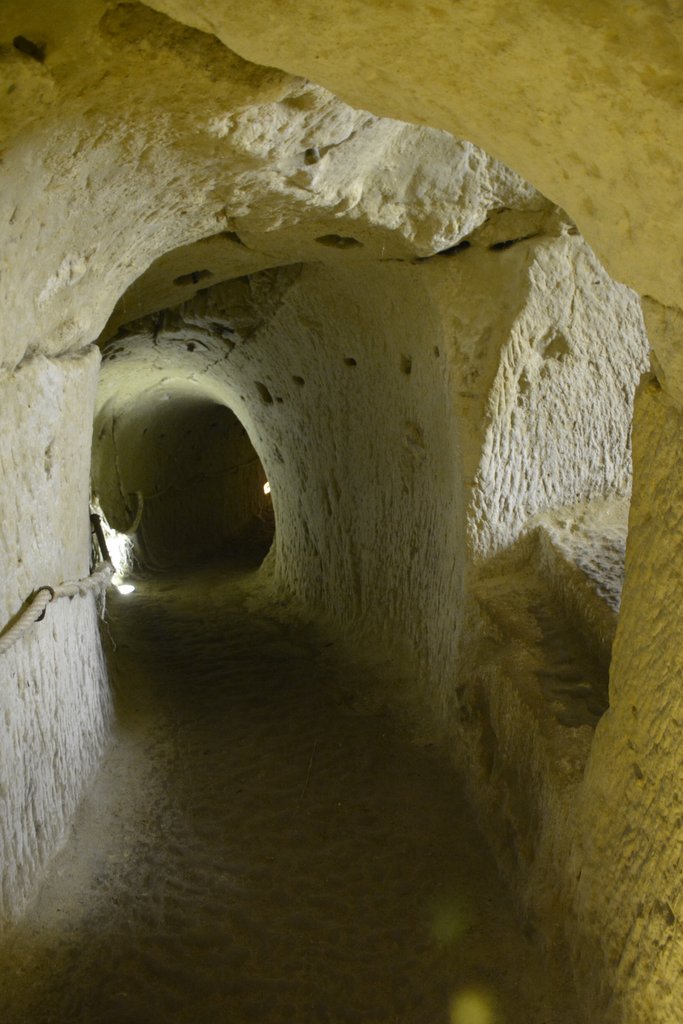
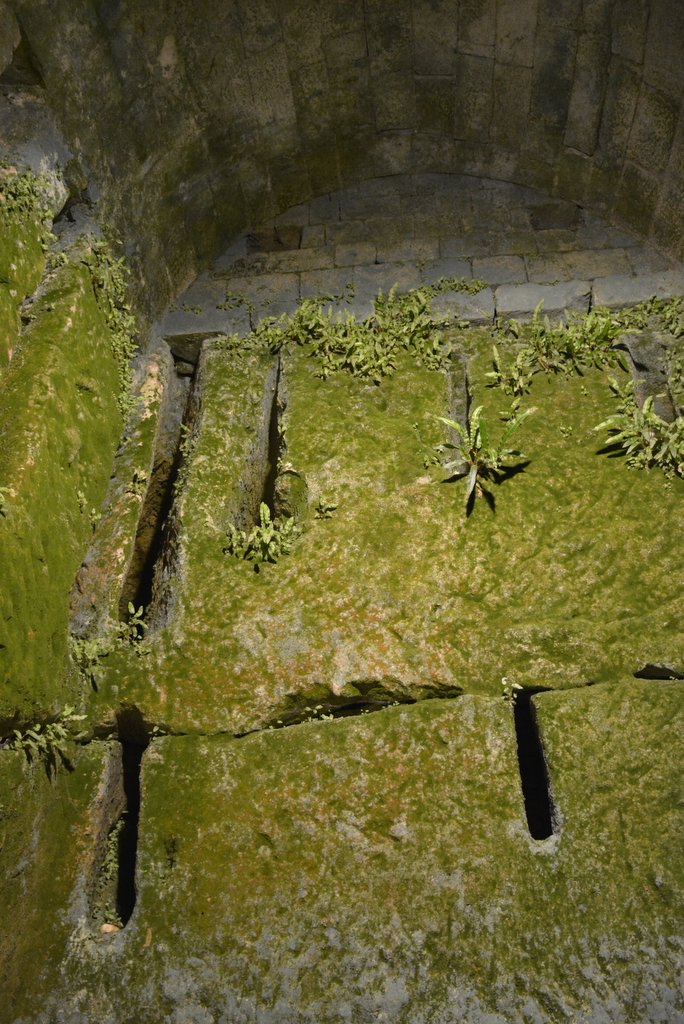
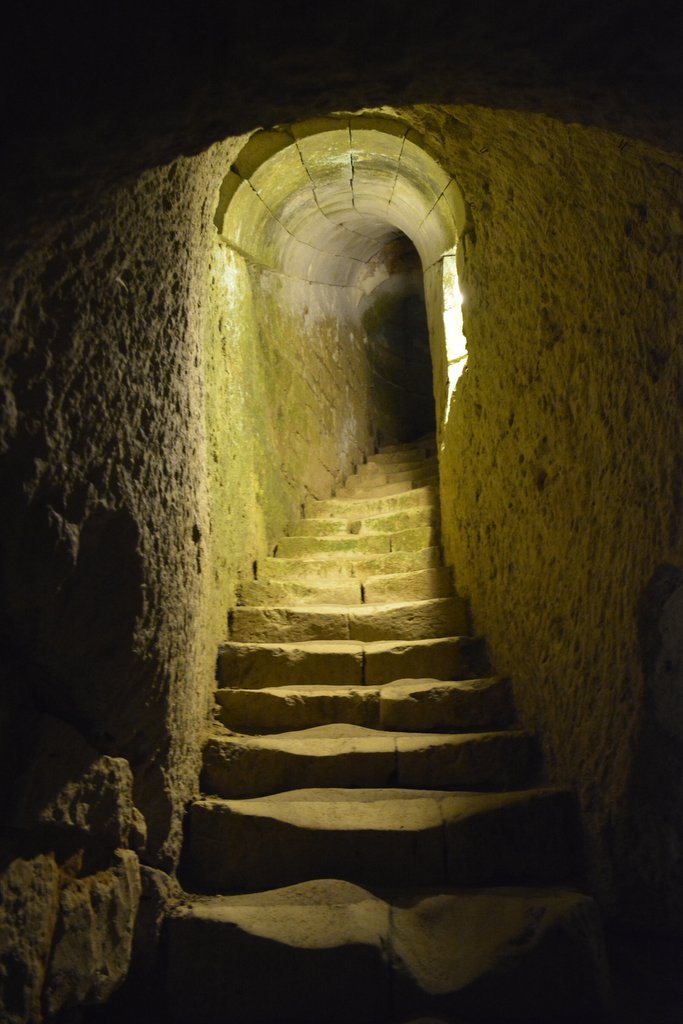

An amazing vacation!
The Vendée is widely considered to be the beginning of the south-of-France. Add a taste of Paris, a dash of Loire Valley, a dose of the best theme park in the world, a pinch of the Atlantic Ocean and this itinerary becomes the recipe for a fabulous holiday.
Our family will return to Paris the day before departure back to the United States. We hope Sarah, Jake and their parents have a wonderful time in France!
Plan your visit
Rental Car – is needed for this trip. Book in advance.
TGV – Book in advance! Choose Nantes or Angers.
Accommodations – a wide selection of vacation homes (gites), bed & breakfast (chambre d'haute), camping and hotel options. Book in advance.
Toll – yes!! Use national and departmental roads to avoid toll, but the toll roads offer a superb quality of driving (smooth surfaces, less traffic i.e. less tiring) Note: the toll bridge to access Île de Ré is is the only option to get to the island.
GPS – yes!!
Budget – the Vendée is budget friendly. Ile de Ré and Loire Valley may be a little more expensive but in truth there's something for every budget.
Parking – usually free except for Île de Ré
Vegetarian or Vegan Food – is not so easy to find but in some cases e.g. at a crêperie, it's always possible to withhold meat.
Wine Tasting in the Vendee – yes
Picnic spots – yes, in each of the locations on the itinerary.
Share this Post
